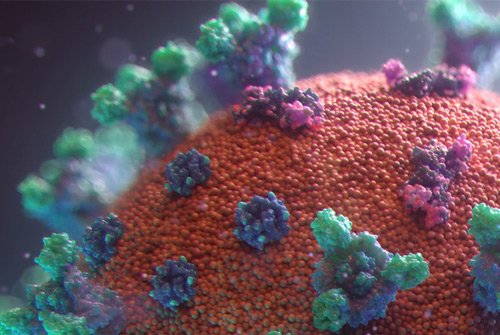Featured resource categories:
Learn at your pace, from the best European experts in harm reduction
Featured e-learning courses
Naloxone on release
The course provides guidelines for naloxone provision upon release from prison and other custodial settings. The immediate time after release (“my first 48 hours out”) is a critical time for action, when the cooperation between prisons, healthcare providers and NGOs is key in ensuring continuity of care and where targeted interventions can save lives from overdose and build a path towards engagement into further treatment and rehabilitation for people who use drugs.
See more...HIV and HCV rapid testing in low threshold settings for PWUD
This course has been designed to be a complete tool to provide staff in low-threshold settings the knowledge, skills and techniques needed for testing people who use drugs for HIV and HCV and linking them to needed care.
Topics include: types of HIV and HCV tests exists and how they work, the standards of test counselling and HIV and HCV testing, addressing gender issues and developing gender-specific services, integrated approaches in relation to substance use and HIV/HCV testing, and more.
See more...What is harm reduction?
Classic, narrow understanding of harm reduction (HR) is linked with reducing risks related with legal and illegal drugs. OST, methadone programmes, syringe and needle exchange programs and overdose prevention with naloxone (in society and in prison settings) are great examples of successful, life-saving application of harm reduction strategies, much more effective than abstinence-based drug treatment approaches. Harm reduction is much more than just about substance misuse. It has been successfully used over the years to deal with risks in other areas, like:
- Driving – driving is dangerous, and yet we do not ban driving. Instead we use seat belts, air bags, and motorcycle helmets.
- Sports can be dangerous – and yet we do not ban them. Instead, we use protective gear to minimize risks.
- Sex – we use condoms to protect people e.g. from HIV infections.
- ... and many more. Almost any invention leading to a safer alternative of a risky behaviour can be harm reduction. For example, have you ever considered why pen caps have small holes in them?
Pragmatic policies and laws can support harm reduction. Where simple bans and prohibition fail (see e.g. "war on drugs"), regulating risky behaviours, e.g. not driving after drinking, often proves much more effective.
Product quality control is also a form of harm reduction. E.g. toys for small children being checked for small parts that can be swallowed.
What are harm reduction principles?
There is no single definition of harm reduction, and so there is no single undisputed set of principles governing it. For example, HRI offers a set of principles strictly related to illicit drugs. A more general list of principles is listed in "Harm Reduction, Health and Human Rights". HR responses should:
- Be pragmatic, accepting that substance use and sexual behaviour are part of our world and choosing to work to minimise harmful outcomes rather than simply ignore or condemn them;
- Focus on and target potential harms rather than trying to eradicate the product or the behaviour;
- Be non-judgmental, non-coercive and non-stigmatising;
- Acknowledge that some behaviours are safer than others and offer healthier alternatives;
- Facilitate changes in behaviour by provision of information, services and resources;
- Ensure that affected individuals and communities have a voice in the creation of programmes and policies designed to serve them – encapsulated in the slogan ‘nothing about us without us’;
- Recognise that the realities of poverty, class, racism, social isolation and othersocial inequalities affect people’s vulnerability to and capacity for dealing with health-related harms.






